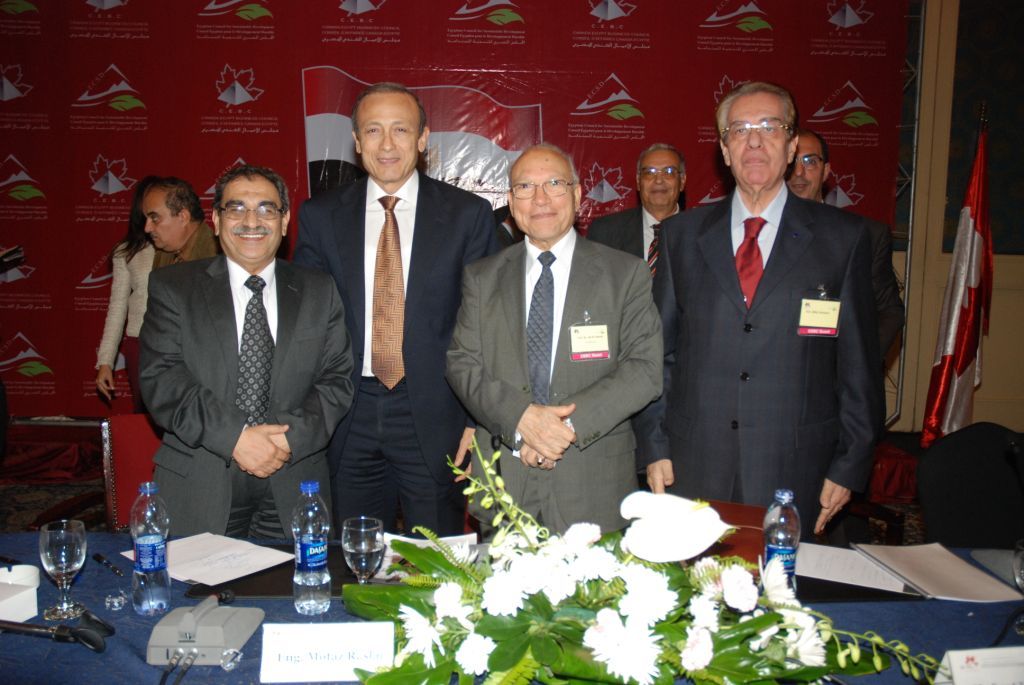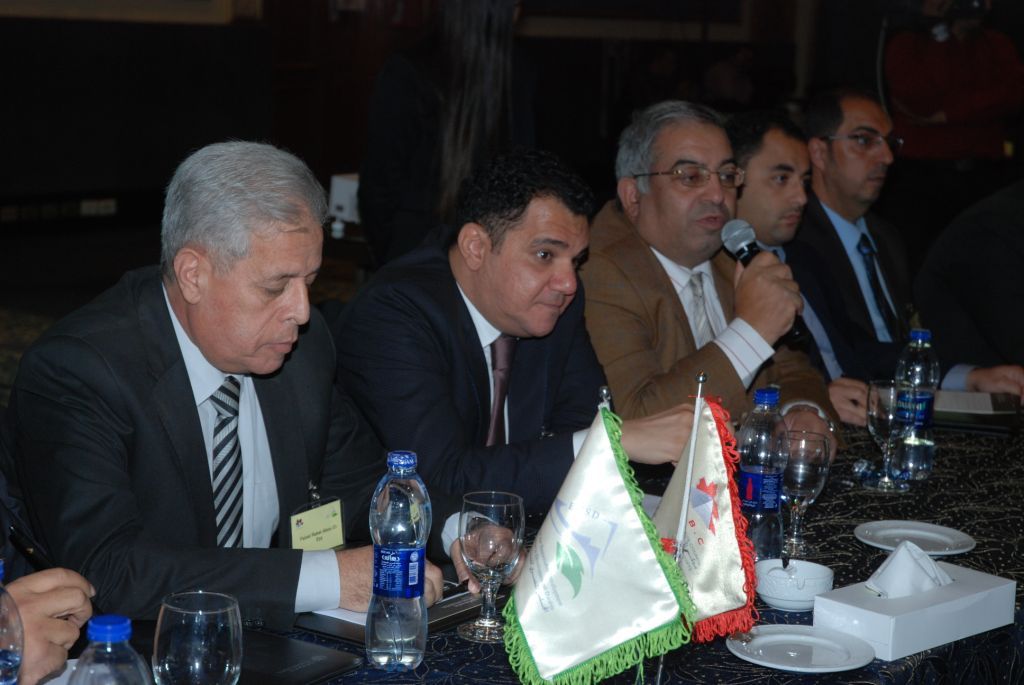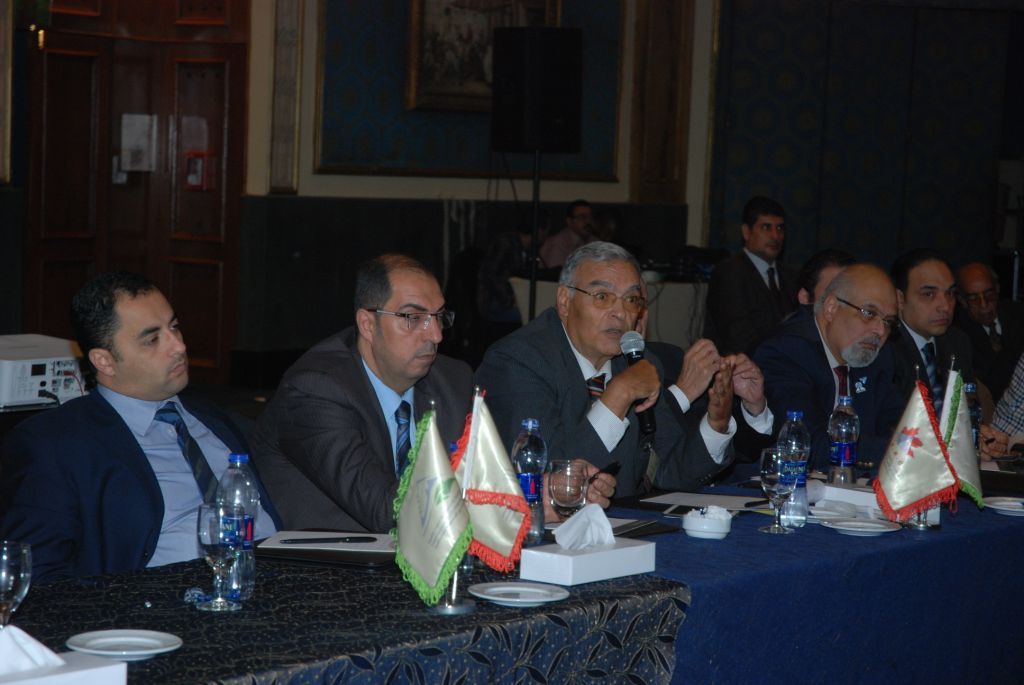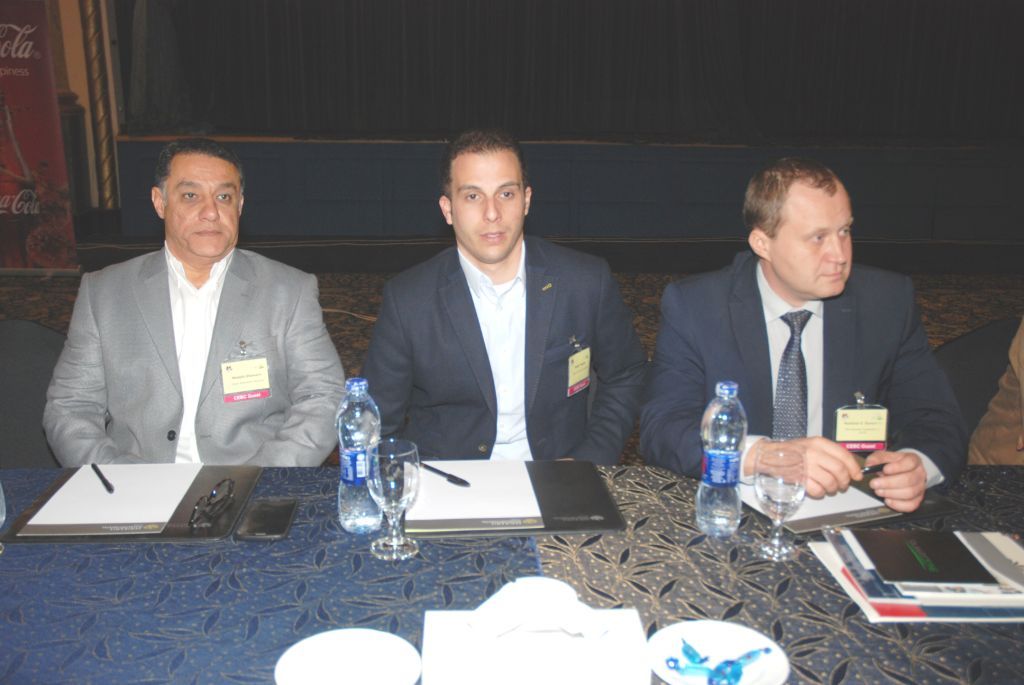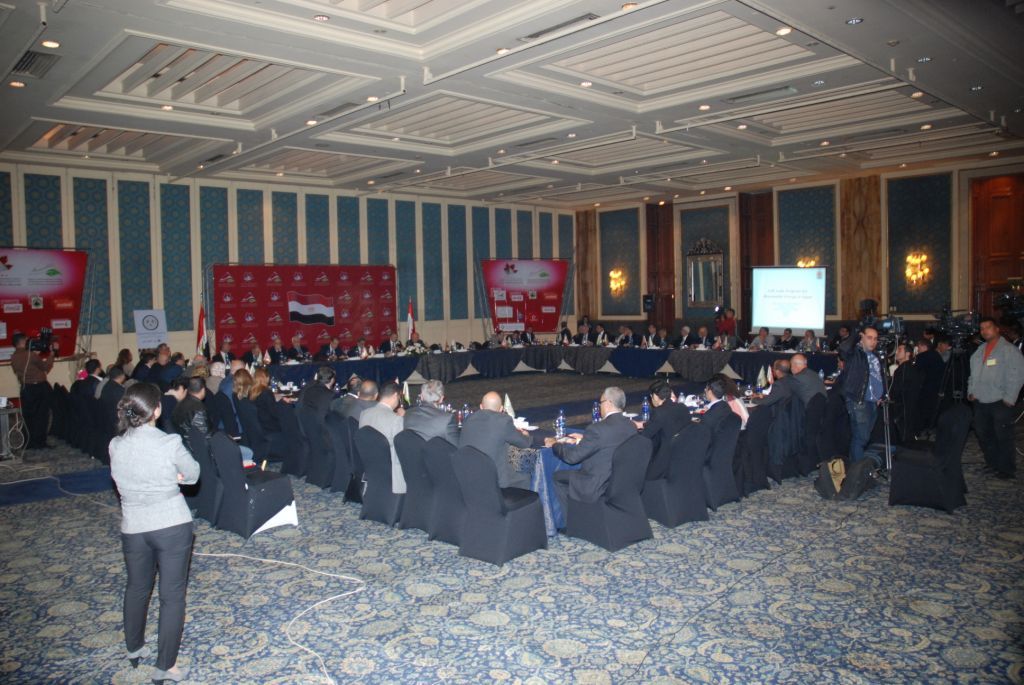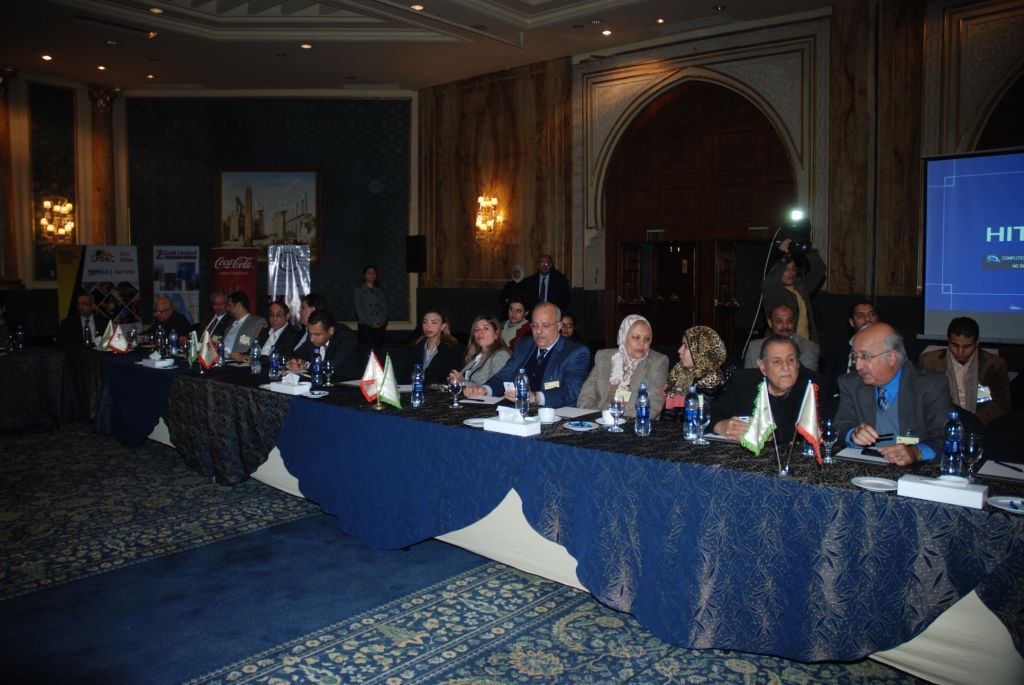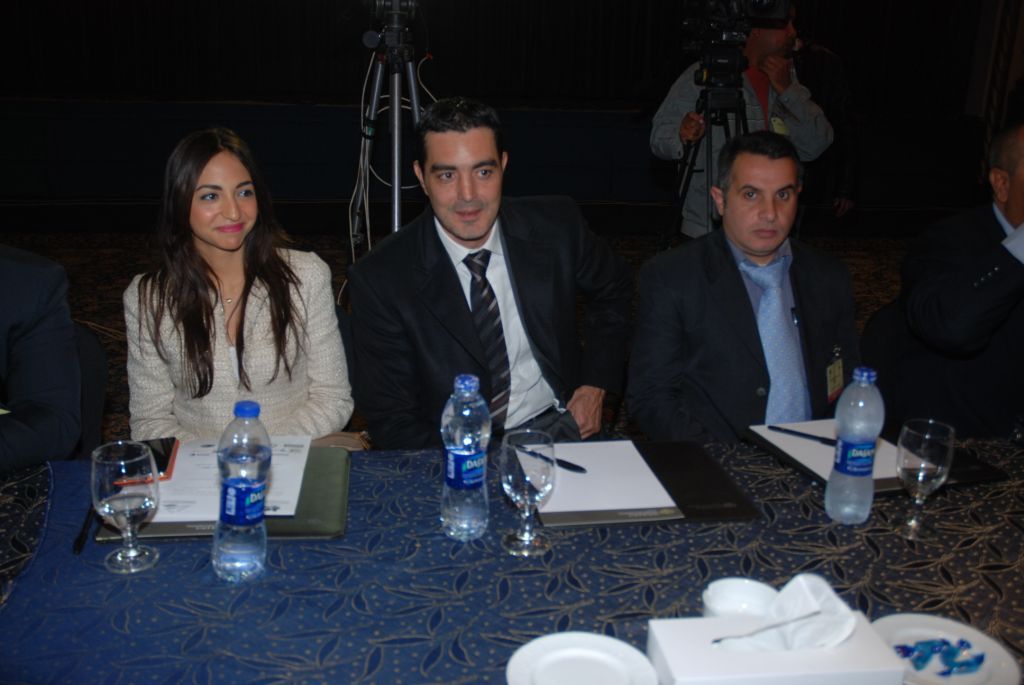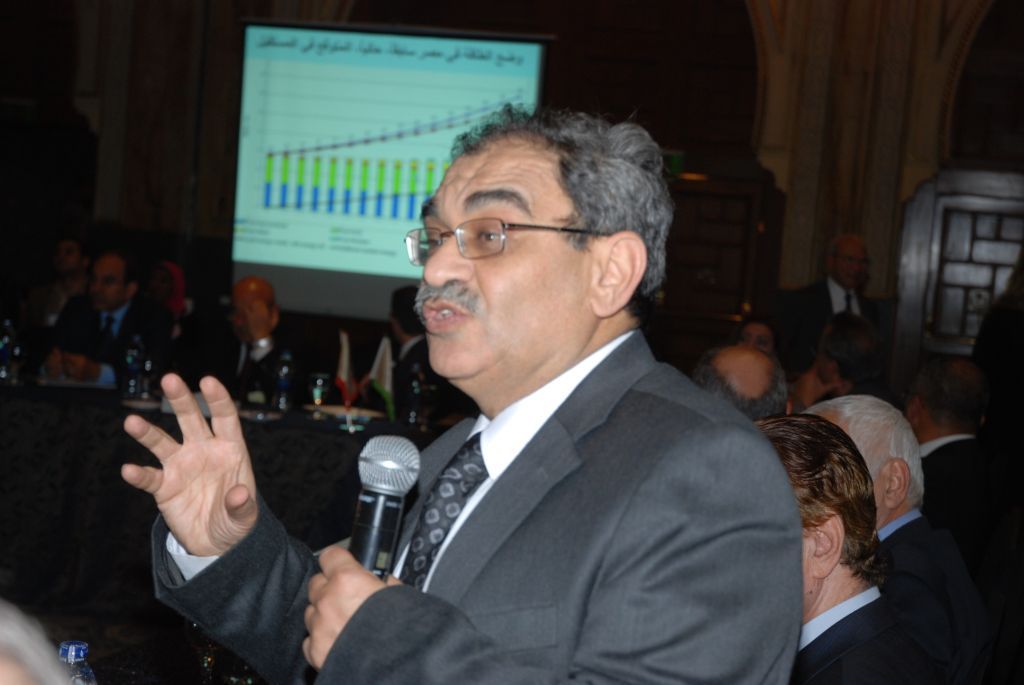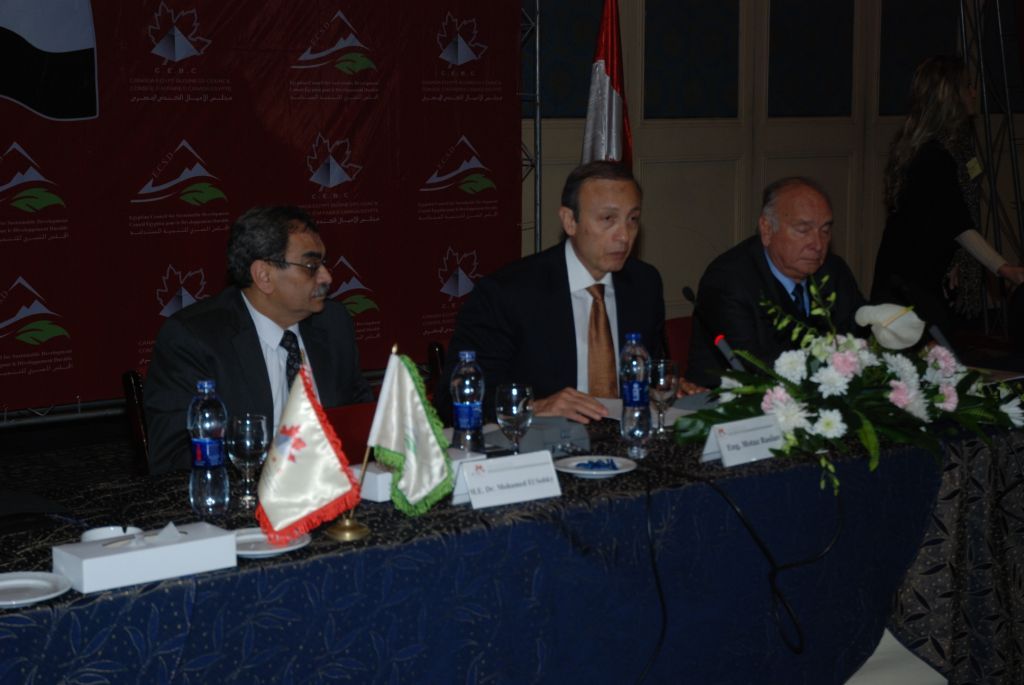
Date
Speaker(s)
Description
Under the title “Egypt’s New & Renewable Energy…Challenges & Opportunities”, the Canada Egypt Business Council (CEBC) and the Egyptian Council for Sustainable Development (ECSD) hosted a roundtable discussion featuring Dr. Mohamed El Sobky, Chairman of New & Renewable Energy Authority (NREA). The discussion was a continuation of the Council’s last event featuring H.E. Dr. Mohamed Shaker Minister of Electricity and Renewable Energy in order to address the pressing matter of the electricity and energy crisis in Egypt.
CEBC’s and ECSD’s esteemed members, guests, businessmen and reporters were in attendance.
Dr. Mohamed El Sobky outlined in the beginning of the discussionthe different types of energy that Egypt relies on whether it is fuel products, natural gas, hybrid energy, wind or others. Their distribution is currently 94% fossil fuel energy, 5% water energy, 1% wind energy. He pointed out that Egypt has a large excess of fossil fuel (fuel products and natural gas), however the problem lies within the process of extracting it, turning it into energy, and delivering it to its end consumer.
As evident from the percentages, Egypt relies heavily on fossil fuels for the use of energy, and renewable energy composes a minor percent of the current energy mix. However, El Sobky said that projections for the year 2022 see 40% of Egypt’s energy needs from fossil fuel energy (including natural gas), while 9% would be from renewable energy such as water energy and wind energy.
Besides diversifying the energy mix to meet demand, El Sobky noted that about 8% of energy currently spent could be saved in the future. There are many opportunities to save energy in Egypt, especially in industrial sectors without compromising production or end products. These industries include sectors such as cement, iron, glass, porcelain, and fertilizers.
El Sobky also referred to a study that highlights Egypt’s increasing electricity needs. It showed that the expected peak load of energy of electricity demand by the year 2035 would reach about 70 giga watts. He attributed this great demand to the increasing population as well as economic growth especially in the economic sectors.
These energy needs cannot all be met by conventional means such as electricity power plants. To fulfill Egypt’s increasing energy needs, production of power plants from renewable energy is a good sort as well as medium term solution to supplement energy needs because they do not take years to set up like their conventional counterparts.
El Sobky recalled that government policies in the mid 1990s dictated a heavy reliance on natural gas as the main resource for conducting energy and electricity in Egypt. This unfortunately has limited Egypt’s energy mix as well as hindered research and development efforts in renewable energy.
As Chairman of NREA, El Sobky highlighted to the audience the many advantages of renewable energy: cost competitive for electricity generated from both heavy fuel and imported gas, long-term price predictability, environmentally friendly, and creation of new job opportunities especially in production.
Showcasing a wind atlas of Egypt, El Sobky illustrated that Egypt enjoys excellent wind regimens particularly in the Suez Gulf region where the average wind speed reaches 10.5 meters per second at a 50 meters height. The wind energy resource is also available in large regions on the Nile Banks in the Eastern and Western Deserts as well where the average wind speed reaches 7.5 meters per secondat 80 meters height.
A solar atlas of Egypt also showed the huge potential for solar energy in Egypt where there is a high intensity of direct solar radiation from north to south. Egypt also enjoys long sunshine duration that ranges between 9 to 11 hours a day from north to south with very few cloudy days. El Sobky pointed that solar energy is very vital to not to be only used to conduct electricity; but to conduct heat energy that is much needed in many industrial sectors.
El Sobky then proceeded to disclose NREA’s wind energy projects under implementation and development. Carried out in various parts of Egypt these projects are carried out in cooperation with many countries including Germany, Japan, Spain and others. All of these projectspresent a vitalcontribution to the supply mix of renewable energy in Egypt.
The floor was then opened for alengthy questions and comments session where important topics were raised regarding the timeline of new plants and projects, as well as other key topics such as means to conserve energy whether by new legislation and policies or new ventures.


